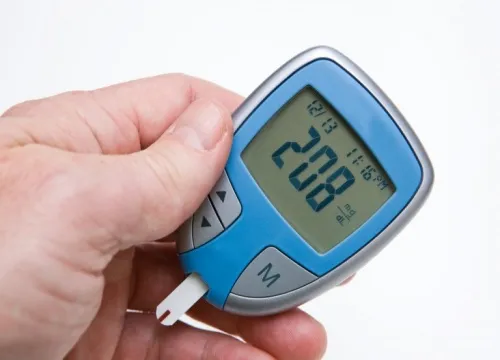Overview
Many individuals find it difficult to differentiate between type 1 and 2 diabetes despite the reality that they are distinct from each other. The majority of people do not know how these two kinds of diabetes differ from each other.
Despite the fact they each cause a significant amount of similar problems for patients, the two types of diabetes come with a variety of distinctions, including the root causes, who is more susceptible, and the best way to manage the condition.
There are different types of diabetes like gestational and maturity beginning diabetes of youngsters (MODY) However, we’ll concentrate on the differences between Type 1 and Type 2 diabetes in this article.
In the beginning, the type 2 form of diabetes is more prevalent than its other types. According to a study type 2 diabetes affects about 90% of diabetics, while type I diabetes only affects about 8%.
Even though the two conditions are different from each other, they are each extremely serious and if blood sugar levels for adults aren’t maintained promptly, you could suffer severe headaches or even die. Therefore, taking the right preventative steps to treat certain ailments could be crucial.
What Are The Primary Distinctions Between Type 1 And Type 2 Diabetes?
We’ve tried to summarise the major distinctions between Type 1 and Type 2 diabetes by putting them in this table. Check it out –
What is it exactly going on?
The immune system of your body attacks cells in your pancreas and making your body ineffective at making insulin. The body is either unable to produce enough insulin or isn’t able to determine how to increase the amount of insulin produced.
Factors that put you at risk
Scientists are still trying to determine what causes people to develop Type 1 Diabetes. The researchers are trying to discover what the root causes are however, they’ve discovered weight gain and having an ethnic group are the primary elements.
Symptoms
The symptoms and signs associated with type 1 diabetes are evident quickly. The symptoms of type 2 diabetes may not be apparent until the condition gets worse.
Management
The person with the condition needs to use insulin to maintain your blood sugar levels under control. Type 2 diabetes is possible to manage through a variety of ways, such as the use of medicines like Tadapox 80mg and Vidalista 60 mg as well as routine exercise and a good weight loss program as well as using insulin if prescribed by a doctor.
Prevention and Cure
At the moment it is believed that type 1 diabetes is an incurable condition. The treatment is in the process of investigated. Similar to that, type 2 diabetes can be fatal, however, numerous instances have shown that it is possible to avoid and put in the remission phase.
What happens when you Are Type 1 or Type 2? Diabetes?
If you have one of the two kinds of diabetes your bloodstream is filled with a variety of glucose (a kind of sugar). The most notable difference between the two types is the appearance.
If you’ve been diagnosed as having type 1 diabetes, this indicates that you’ve been diagnosed with an auto-immune condition. The immune system fails to distinguish between harmful foreign invaders like viruses and bacteria, and healthy cells that are affected by this situation. It ultimately kills the cells in your pancreas, which are responsible for generating an insulin hormone. This means that the ability of insulin to be produced has been compromised.
Insulin is an essential hormone that transports sugar from the bloodstream to cells in the body. Cells of the body use this sugar to produce electricity. Since you don’t contain insulin, blood glucose levels continue to increase.
The reason for Type 2 Diabetes is very uncommon. The body is triggered to end up producing less insulin or be in a position to not manage it properly. Insulin resistance is the name for this type of situation. This means that the person’s blood sugar levels rise.
Are There Any Differences Between Type 1 and Type 2 Diabetes Risk Factors?
While further research is required to discover the root causes of type one diabetes certain risk elements have been identified. In the end, we can identify who is most likely to develop a particular type of diabetes. But, these predictions are no longer precise. Therefore, consulting a medical expert to evaluate your risk is recommended.
Type 1
The biggest difference between the two kinds is that the type 1 form of diabetes isn’t the result of your weight or lifestyle. So, changing your lifestyle or reducing your weight won’t lower your chances of developing type 1 diabetes.
The risk is higher for people younger than 40, and especially young people. Type 1 diabetes impacts young people with diabetes the most. Anyone over forty is also affected even though it is more prevalent.
Type 2
Positive aspects, like being positive, have been proven in research studies to increase your chance of developing the type 2 form of diabetes.
-
The history of your family
-
Background of ethnicity
-
Your age
-
Obesity or excess frame weight
It’s been demonstrated that through making certain lifestyle adjustments you can lower the risk of developing diabetes by a substantial percentage. The condition can be prevented through lifestyle modifications including eating a well-balanced diabetic diet regularly engaging in a regular amount of physical exercise and ensuring an appropriate body weight.










